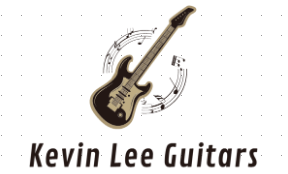The acoustic guitar has a rich and varied history, evolving over centuries to become the instrument we know today. Here’s a look at its development from classical to steel-string guitars.

Origins and Early Development
The earliest ancestors of the guitar can be traced back to ancient civilizations. Instruments like the lute and vihuela were precursors to the modern guitar. The vihuela, popular in Spain during the Renaissance, had a significant influence on the development of the classical guitar.
Classical Guitar
The classical guitar, as we recognize it today, began to take shape in the 18th century. Antonio de Torres, a Spanish luthier, is often credited with designing the modern classical guitar in the mid-1800s. His innovations included a larger body, fan bracing, and a wider neck, which enhanced the instrument’s volume and tonal range.
Key Features:
- Nylon strings for a warm, mellow sound.
- Wide neck to accommodate fingerstyle playing.
- Typically used in classical, flamenco, and folk music.
The Transition to Steel-String Guitars
In the 19th century, the demand for louder and more durable guitars led to the development of steel-string guitars. These guitars featured narrower necks and reinforced bodies to handle the increased tension of steel strings.
Key Innovators:
- Christian Frederick Martin: A German-American luthier who developed the X-bracing pattern, crucial for supporting steel strings. His company, C.F. Martin & Co., remains a leading guitar manufacturer.
- Orville Gibson: Founder of Gibson Guitars, known for creating archtop guitars that became popular in jazz and swing music.
Modern Steel-String Guitars
Steel-string acoustic guitars are now available in various shapes and sizes, including dreadnought, jumbo, and parlor guitars. They are favored for their bright, clear sound and are widely used in genres like folk, country, and rock.
Popular Models:
Martin D-28: Renowned for its rich tone and projection, favored by many professional musicians.
Gibson J-45: Known for its balanced sound and versatility, often referred to as “The Workhorse.”
Conclusion
The evolution of the acoustic guitar from its classical roots to the modern steel-string variety is a testament to the instrument’s adaptability and enduring appeal. Whether in the hands of a classical maestro or a folk troubadour, the acoustic guitar continues to be a vital and cherished tool for musicians worldwide.




